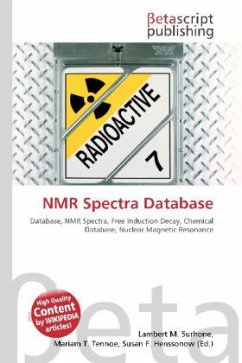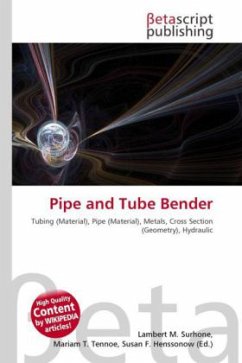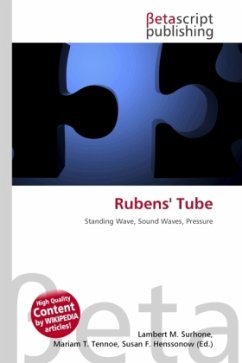Please note that the content of this book primarily consists of articles available from Wikipedia or other free sources online. An NMR tube is a thin glass walled tube used to contain samples in nuclear magnetic resonance spectroscopy. Typically NMR tubes come in 5 mm diameters but 10 mm and 3 mm samples are known. It is important that the tubes are uniformly thick and well-balanced to ensure that NMR tube spins at a regular rate (i.e. that they do not wobble), usually about 20 Hz in the NMR spectrometer. Usually, only a small sample is dissolved in an appropriate solvent. For 1H NMR experiments, this will usually be a deuterated solvent such as CDCl3. Sufficient solvent should be used in order to fill the tube by 4-5 cm (depending on the spectrometer). Protein NMR is usually performed in a 90% H2O (or buffer)/10% D2O mixture. The sample may be sonicated or agitated to aid dissolution, and solids are removed via filtering through a plug of celite in a Pasteur pipette, directly into the NMR tube.
Bitte wählen Sie Ihr Anliegen aus.
Rechnungen
Retourenschein anfordern
Bestellstatus
Storno








